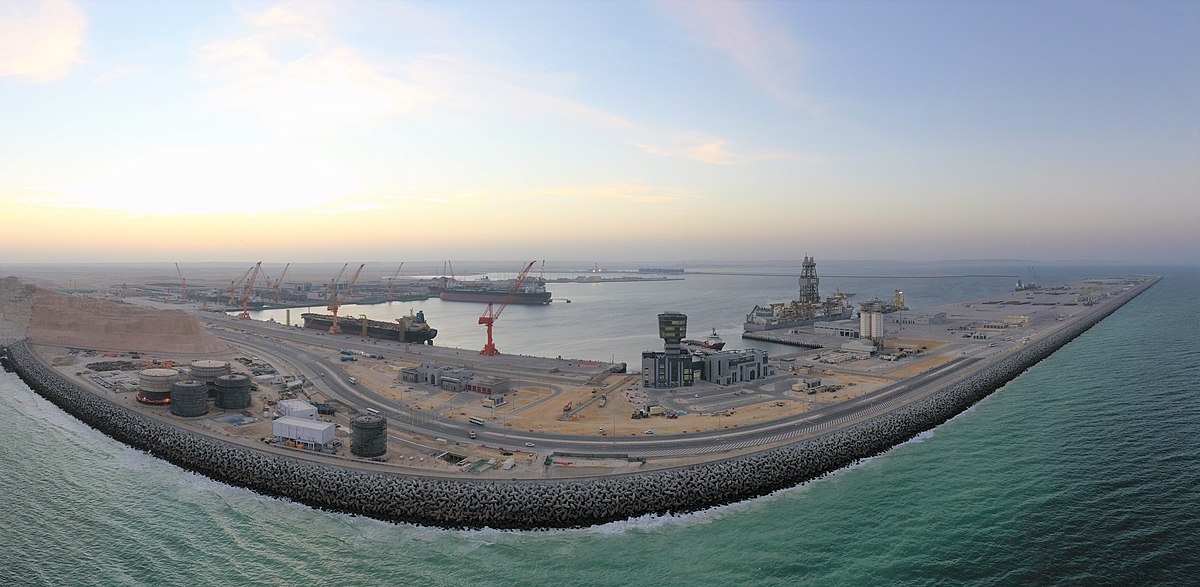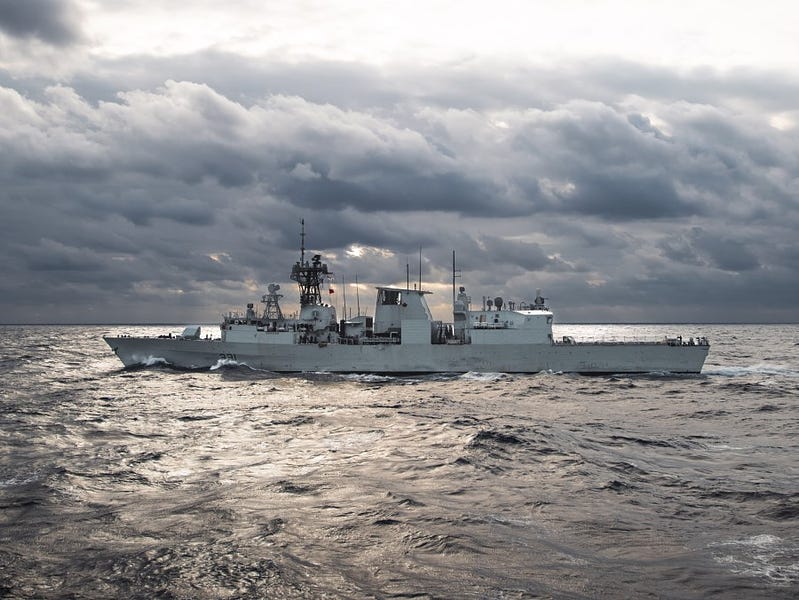Mike Day smells more virtue signaling ... quel suprise!

LGen. (retd) Mike Day: Canada's Indo-Pacific Plan actually needs a plan
The government wants to be seen doing stuff as opposed to being held to account on what the expenditure of the time, effort and money might produce.
A formal public-policy statement from the Government of Canada is a rare thing. It is even rarer when it is not just a speech but a published written document. The rarest of these is undoubtedly when such a document focuses on foreign policy. When Foreign Affairs Minister Mélanie Joly recently pitched her “once-in-a-generation shift” toward the Indo-Pacific, much was made of why Canada was doing it and what it would achieve. No fewer than four cabinet ministers took part in the announcement. Canada will, they announced, step up naval patrols of the region, continue to expand trade with China while also tightening our protections of intellectual property and ownership rules for strategic industries, and use “Team Canada” trade missions to boost commercial links with other growing regional economic powers, including India. We seek also to expand our intelligence and cybersecurity links with allies and partners in the region.
Now that the dust on the rhetoric has settled, closer examination reveals that this might simply be an exercise of branding separate activities into a marketing-friendly bundle, as opposed to a coherent plan focused on achieving specific outcomes.
In examining the document two approaches are equally useful in assessing value: whether the content has some substance and whether the policy framework is sufficiently robust to hang various activities and plans on its body.
Three hints are provided as to why the new plan might not be the cornerstone of Canada’s foreign policy that it portends to be. Firstly, operating in the “National Interest,” a phrase used six separate times over the 26 pages, is given neither form nor function and lacks any definition. It is reminiscent of the Cheshire Cat talking to Alice asking her “where do you want to get to.” When Alice replies that “I don’t much care…” the Cheshire Cat wisely suggests that “Then it doesn’t matter which way you go.” With no definition of national interests pretty much anything can be hand waved as to being necessary and required, or not, for its achievement.
This leads in turn to the second hint that the plan might be more posturing than substance. Lacking the single aimpoint of operating in the national interest, the “objectives” supposedly fill that gap by providing a set of specific achievements which in combination would be a sufficiently clear aimpoint. But normally objectives can, and should, be thought of as something specific and measurable, allowing plans to be developed to achieve them. “Save 100 dollars this month” or perhaps, in more relevant terms, “Increase our trade in the Indo-Pacific region by 100 per cent over the five years of this policy enactment.” Plans can then be developed to achieve those objectives. But reviewing those objectives reveals that they are themselves actions, not end-states. It appears that the policy is based on “doing, not achieving.” I am reminded of my sons many years ago. When asked if their rooms were clean, they would reply, “I’m cleaning it.” The process was enduring but we most certainly disagreed on the value of the activity as opposed to achieving a measurable result. Under this construct the government can claim that as long as Canada is doing stuff the policy should be considered a success.
This is not to say that the activities, listed and cloaked as objectives, aren’t laudable in and of themselves. Few could argue that “Promoting peace, resilience and security” isn’t something worth doing, nor that “Building a sustainable and green future” isn’t a necessary activity should we wish our great grandchildren to enjoy some semblance of the life we did when younger. Rather the issue is with the pure semantical dodge ball that is being played with such language. The government wants to be seen doing stuff as opposed to being held to account on what the expenditure of the time, effort and money might produce. Taxpayers should expect more clarity.
And this leads to the third hint that the policy is more branding than substance. Nobody can deny that hyperbole is a politician’s favourite oratory tool, but even for a politician a “once-in-a-generation global shift that requires a generational Canadian response” is pitching high and fast. The government’s own 2022-2023 estimates suggest that approximately $190 billion will be spent on program spending by our elected federal officials. Even if under the highly improbable circumstances of total federal spending remaining constant, the portion allocated to the Indo-Pacific policy, $2.3 billion over 5 years, would be slightly less than a quarter of a percent of these expenditures. Not quite proportional to the focus suggested in its description.
Diving into some of the specifics and recognizing that this is, as it should be, mostly an economic and diplomatic focused document, a quick review of National Defence-associated activities (merely as an illustrative example, as they are the only details released to date) further emphasizes that this shift is perhaps more modest than the government would have us believe. National Defence Minister Anita Anand quickly followed the policy reveal with detailed specifics, identifying a total of $476.3 million over five years, of which $230 million was new money. It is difficult to argue that $230 million or even $476.3 million is a material sum compared to the $100 billion National Defence has been allocated over the same period of time. This is not to condemn the actual activities themselves, all which seem to be thoughtful and likely useful in improving an enduring relationship, but rather it reveals that this is a tremendously modest and incremental adjustment, most especially in comparison to other government initiatives.
In order to be successful, governments need to plan. Results are achieved when good policy, based on clear, focused objectives, results in executable plans. Plans, at least conceptually, are simple constructs. They are a combination of mixing together people conducting specific activities, with the necessary resources, over a period of time in order to achieve a set objective. The government might yet salvage this policy if, during the necessary development of these plans, the various departments implicated in the policy are able to demonstrate that what they are doing is effective in achieving clearly stated objectives. It might not be the scope and scale of change the political rhetoric promises but it is likely a useful and needed adjustment for a Pacific country which is increasingly leery about its closest ally to the south.
In business terms the Indo-Pacific Policy is likely a minimum viable product, but as is the case in all such efforts, rapid and constant improvement will be needed to evolve this approach into something that has real enduring value to Canadians. The first step might be defining what is our national interest, quickly followed by more than merely describing what we are doing and instead identifying what it is we are trying to achieve.
The government wants to be seen doing stuff as opposed to being held to account on what the expenditure of the time, effort and money might produce.

theline.substack.com





